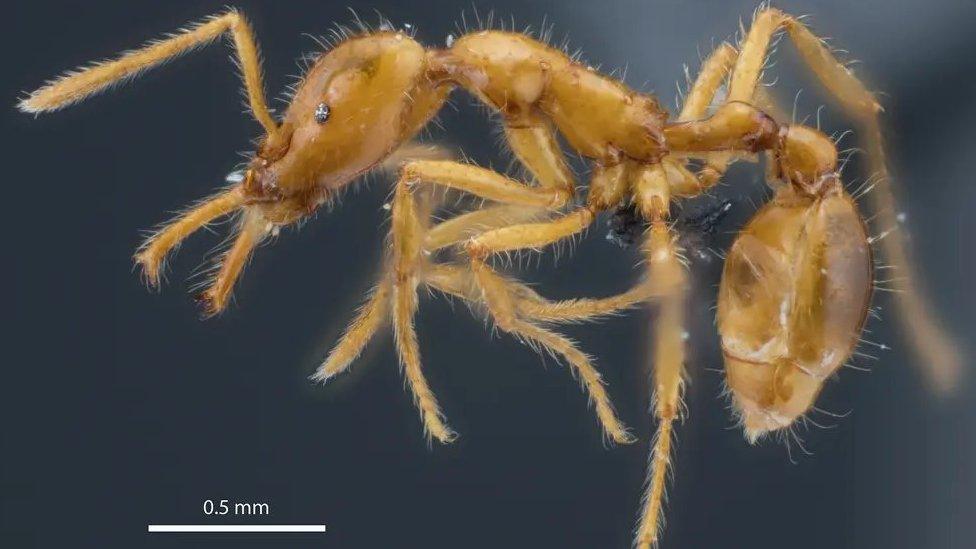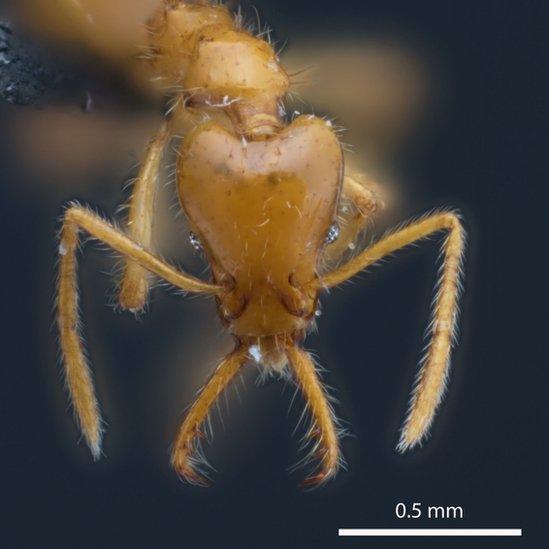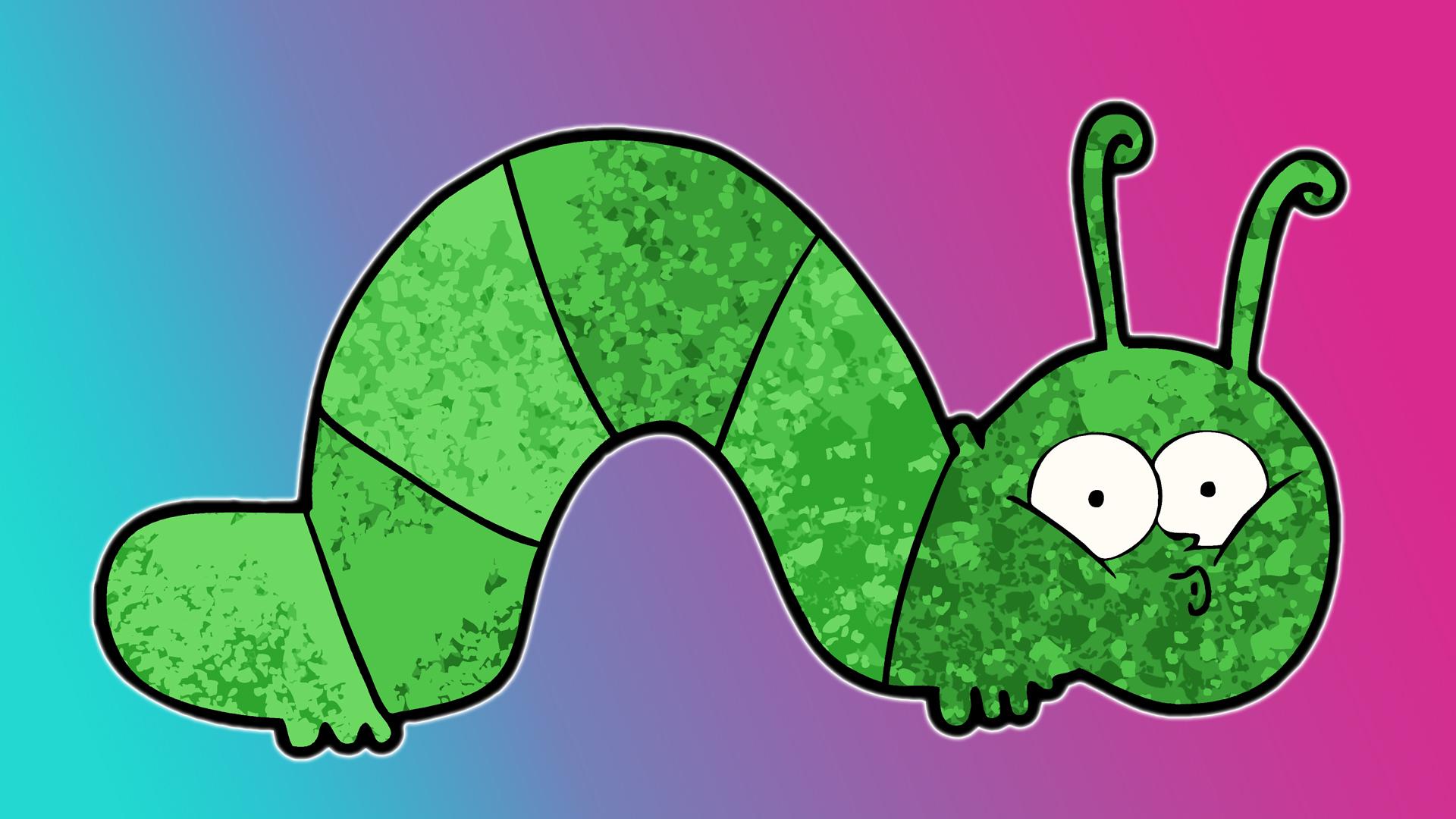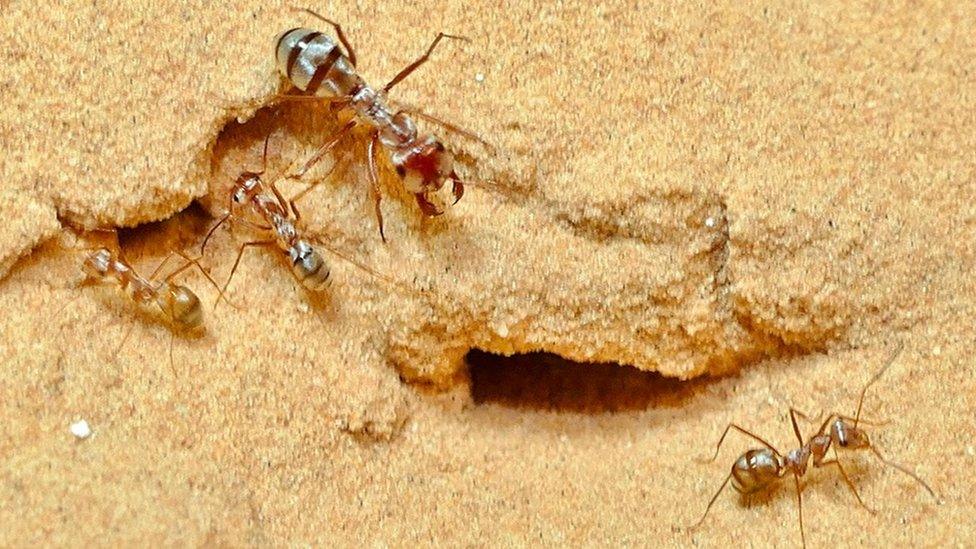New ant species gets gender-neutral name
- Published

A newly discovered species of ant has been given a name that is gender neutral for the first time.
This makes the ants, from the evergreen tropical forests of Ecuador, possibly the only species in the world who don't have a gendered name.
Hundreds of ants have been named in honour of people, but the names end with -ae to recognise females and -i to recognise males.
But the miniature trap-jaw ants now have a scientific name ending with -they, Strumigenys ayersthey, recognising artist Jeremy Ayers and also supporting non-binary gender identity.
An article published in Yale University in America explains how the team wanted to "reflect recent evolution in English pronoun use - 'they, them, their' - and address a more inclusive and expansive understanding of gender identification".

Singer Sam Smith uses 'they or them' as pronouns as they identify as non-binary
Pronouns are short words like, 'it', 'she', 'he', 'you', 'we', 'they', 'us' and 'them'.
They are used to describe either individual or groups of people, rather than using their name or names.
When people don't feel they fit into the category of being male or female they can chose to describe themselves with the non-gender specific pronouns 'they' and 'them' when describing themselves.
Dr Booher from the university said: "Such a beautiful and rare animal was just the species to celebrate both biological and human diversity.
"Small changes in language have had a large impact on culture. Language is dynamic and so should be the change in naming species - a basic language of science".
The insect was first found in 2018 during an investigation of the Reserva Rio Canande in Ecuador, which preserves a small part of the highly threatened biodiversity hotspots called the Choco.

It was then that the team realised it was unlike any other of the 850 or more species of ants they were already familiar with.
The Strumigenys ayersthey appears to be very rare and can be distinguished from others by its predominantly smooth and shining cuticle surface and long trap-jaw feature.
- Published2 February 2021
- Published11 February 2019

- Published18 October 2019

